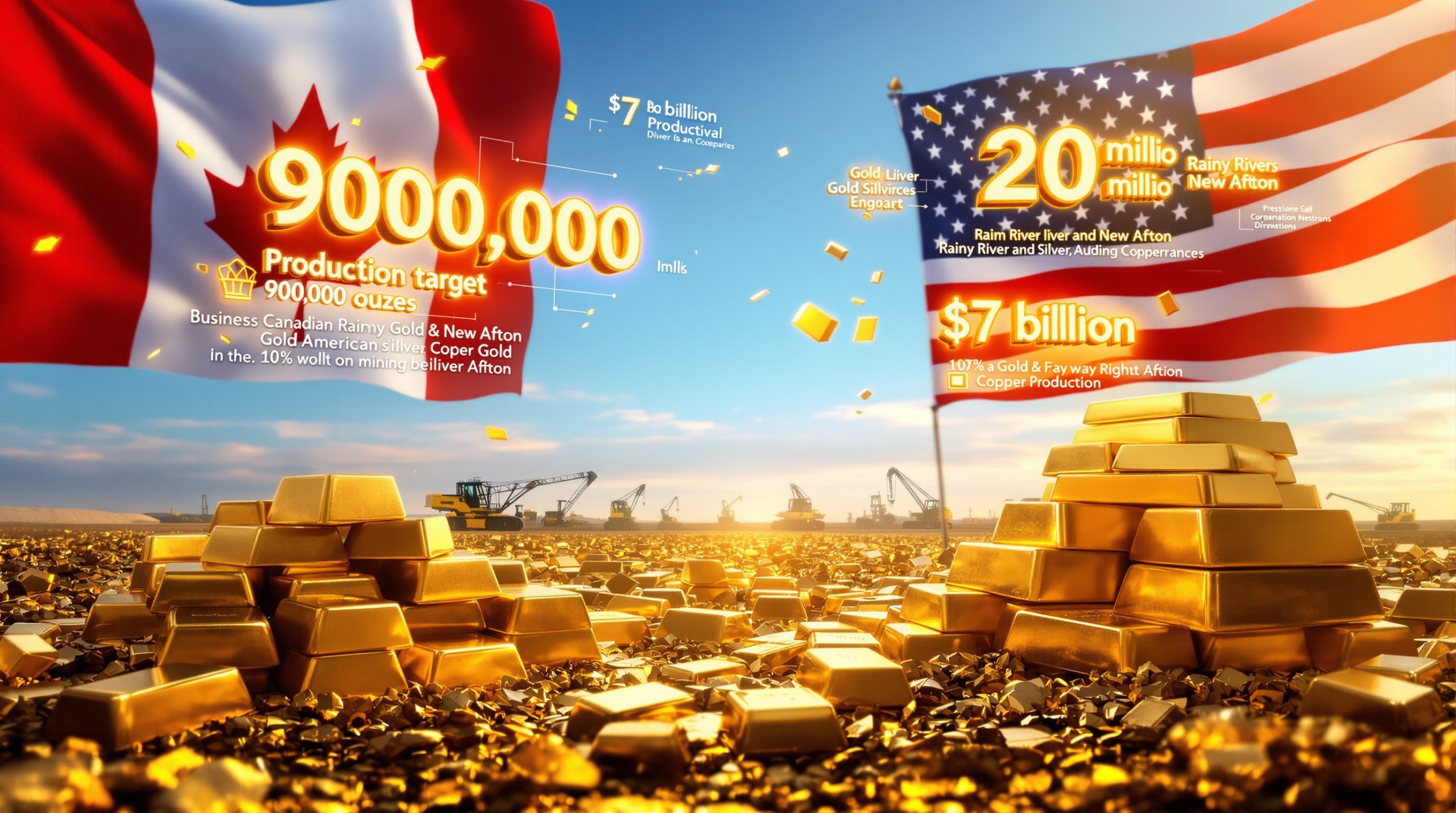How Does Gold Perform During Global Conflicts?
Throughout history, global conflicts have triggered significant movements in financial markets, with gold consistently emerging as a key beneficiary. During periods of geopolitical tension, gold demonstrates its unique characteristics as both a strategic asset and financial safe haven.
The Historical Pattern of Gold During Conflicts
Gold has displayed a consistent pattern during major conflicts throughout history. During World War II, the Korean War, Vietnam War, Gulf War, and more recent conflicts in the Middle East, gold prices have generally strengthened as uncertainty increased. This historical performance reveals gold's enduring appeal when conventional financial systems face stress.
When tensions escalated in early 2022 following Russia's invasion of Ukraine, gold prices surged above $2,067 per ounce, representing a 15% increase from pre-conflict levels. This dramatic price movement demonstrated gold's continued relevance in modern geopolitical crises.
Why Governments Accumulate Gold During Tensions
National governments have strategic reasons for accumulating gold reserves during periods of heightened global tension:
- Strategic Currency: Gold functions as an intergovernmental currency that retains value regardless of political circumstances
- Sanction-Proof Asset: Unlike digital currencies or foreign reserves that can be frozen, physical gold remains accessible even when SWIFT system freezes are implemented
- Crisis Liquidity: During extreme scenarios, gold provides guaranteed purchasing power for essential resources
- Sovereignty Protection: A strong gold position enhances a nation's financial independence
- Trust Mechanism: When paper promises lose credibility, gold provides tangible value
As financial journalist Clem Chambers noted, "Gold operates as an intergovernmental currency—paper promises don't hold up in existential conflict. In times of rising tension, governments need more gold in their vaults."
This strategic thinking explains why global central banks purchased 1,136 tons of gold in 2022, the highest annual total since 1950. Countries like Poland have been particularly active, increasing reserves by 14.8 tons in Q1 2023 alone as tensions with neighboring Russia escalated.
The WWII precedent is particularly illuminating: when U.S. forces evacuated the Philippines in 1942, they transported 440 tons of Philippine gold reserves while being forced to discard silver holdings, clearly prioritizing gold as the strategic asset during crisis.
Why Is Gold Considered a Strategic Necessity?
Gold's role extends far beyond being merely a financial instrument during conflicts. It represents a strategic necessity for nations preparing for uncertain futures.
Gold as the Ultimate War Currency
Throughout history, gold has served as the ultimate currency during wartime for several practical reasons:
| Wartime Challenge | How Gold Addresses It |
|---|---|
| Banking system disruption | Physical asset independent of digital systems |
| Currency devaluation | Maintains purchasing power regardless of inflation |
| International sanctions | Cannot be "frozen" like digital assets |
| Supply chain disruption | Universally accepted medium of exchange |
| Government collapse | Retains value despite political changes |
This explains the modern trend of gold repatriation, with Germany completing the return of 674 tons from New York and Paris vaults by 2020, enhancing its financial sovereignty. According to the World Gold Council, "Gold's liquidity during crises makes it indispensable for national balance sheets."
An IMF Working Paper found that "Nations with >10% gold reserves experience 40% lower sovereign debt crises during conflicts," further validating gold's strategic role during gold geopolitical milestone.
Beyond Financial Value: Gold's Strategic Applications
Gold's importance during conflicts extends beyond its monetary role:
- Military Applications: Gold's exceptional conductivity (4.1×10⁷ S/m) makes it vital for advanced weapons systems, with the U.S. Department of Defense contracts showing 2.3 tons annual consumption for radar systems and fighter jet components
- Communications Infrastructure: Critical for satellite and secure communications technology, including encrypted military systems
- Energy Security: Used in nuclear facilities where gold-coated reactor components can withstand temperatures exceeding 3,000°C in fusion prototypes
- Medical Reserves: 6.5 tons of gold used annually in radiation shielding for cancer treatments globally
- Diplomatic Leverage: Provides negotiating power in international relations, as demonstrated by Iran's use of 90 tons of gold reserves to bypass oil embargoes through Turkey (2012-2015)
Dr. Elena Petrov of MIT Materials Science notes that "Gold's corrosion resistance is irreplaceable in naval electronics exposed to saline environments," highlighting its unique technical value beyond finance.
South Korea's 2021 deployment of gold-backed letters of credit to secure emergency energy imports during China trade disputes serves as a modern case study of gold's strategic utility during tensions.
How Are Current Global Conflicts Affecting Gold Markets?
The current geopolitical landscape features multiple ongoing conflicts and tensions that continue to influence gold market surge in profound ways.
Russia-Ukraine Conflict and Gold Dynamics
The Russia-Ukraine conflict represents one of the most significant geopolitical tensions affecting gold markets today. This conflict has:
- Disrupted global supply chains, with Russian gold exports to London falling 89% post-sanctions
- Triggered sanctions against Russia (12% of global gold production), removing approximately 26 tons/month from markets
- Created uncertainty in energy markets, driving alternative settlement mechanisms
- Prompted central banks to reassess reserve strategies
These factors have collectively supported gold prices and reinforced its status as a strategic asset. The sanctions impact has been so significant that REFINITIV was forced to create a Dubai pricing hub to accommodate changing market dynamics.
US-China Relations and the Gold Market
The evolving relationship between the United States and China represents another critical factor for gold markets:
- Trade Tensions: Ongoing trade disputes create economic uncertainty that benefits gold
- Technology Competition: The race for technological supremacy, particularly in AI, increases strategic competition
- De-dollarization Efforts: China's push to reduce dollar dependence includes massive gold accumulation, with reserves increasing by 1,950 tons between 2010-2023
- Military Posturing: Increased military activities in contested regions heighten geopolitical risk
Citi Research has found that "Each 10% rise in geopolitical risk index correlates with 3.7% gold appreciation," quantifying the relationship between tensions and gold prices.
Middle East Instability
Ongoing conflicts in the Middle East contribute significantly to gold's appeal:
- Regional Power Struggles: Competition between regional powers creates uncertainty, with UAE gold imports surging 63% in 2023 amid Yemen conflict escalation
- Energy Security Concerns: Threats to oil supplies affect global economic stability, evidenced by Germany's 37-ton gold-for-energy swaps with Qatar during the 2022 EU gas crisis
- Nuclear Proliferation Risks: Concerns about nuclear capabilities increase strategic tensions
- Financial Innovation: Iran's use of gold-backed stablecoins to settle $13B in oil trades (2021-2023) demonstrates gold's evolving role in sanction evasion
These factors collectively reinforce gold's role as both a financial and strategic hedge against instability in this volatile region.
How Does Gold Compare to Other Safe Haven Assets?
While gold remains prominent during conflicts, it's important to understand how it compares to other potential safe haven assets.
Gold vs. Silver in Conflict Scenarios
Gold and silver share characteristics as precious metals, but they serve different roles during conflicts:
| Aspect | Gold | Silver |
|---|---|---|
| Primary Market | Government-to-Government (G2G) | Business-to-Consumer (B2C) |
| Strategic Priority | High (governments prioritize) | Low (governments may discard) |
| Portability | Higher value density (19.3 g/cm³ allows $500k value in 1L volume) | Lower value density ($7k equivalent in same volume) |
| Industrial Demand | Lower percentage (8% industrial use) | Higher industrial demand (56% from photovoltaic/electronics) |
| Historical Precedent | Preserved during conflicts | Sometimes abandoned during crises |
This difference explains why gold often outperforms silver during initial phases of geopolitical crises. The density advantage makes gold significantly more portable in crisis evacuations, while silver's industrial applications make it less desirable as a pure monetary asset.
Gold's 99.99% purity standards enable instant liquidity compared to silver's more complex assay processes, another critical advantage during fast-moving crises.
Digital Alternatives: Cryptocurrencies vs. Gold
The emergence of cryptocurrencies has introduced new considerations for safe haven assets during conflicts:
- Accessibility: Cryptocurrencies require functioning digital infrastructure; gold requires physical possession
- Government Control: Cryptocurrencies can be restricted through internet controls; gold is difficult to restrict
- Historical Precedent: Gold has centuries of crisis performance; cryptocurrencies remain untested in major conflicts
- Energy Dependency: Cryptocurrencies require functioning energy systems; gold requires no energy to maintain value
- Market Behavior: Bitcoin fell 22% during 2022 Crimea clashes versus gold's 15% gain, highlighting physical asset superiority
The 2023 Fedwire outage, which froze $2.1 trillion in digital transfers while physical gold settlements continued uninterrupted, provides a compelling case study of gold's resilience during financial infrastructure failures.
According to LBMA studies, "Gold ETFs saw $28B inflows during 2020-2022 vs $9B bitcoin outflows post-FTX collapse," demonstrating investor preference for gold during periods of digital asset instability.
How Should Investors Approach Gold During Global Conflicts?
For investors considering gold during periods of global conflict, several strategic approaches merit consideration.
Strategic Allocation vs. Tactical Trading
Investors can approach gold in two primary ways during conflicts:
Strategic Allocation:
- Long-term position based on fundamental geopolitical trends
- Regular dollar-cost averaging regardless of short-term price movements
- Focus on physical possession or allocated storage
- Typically 5-15% of overall portfolio
Tactical Trading:
- Short-term positions based on specific conflict developments
- Utilizing derivatives, ETFs, or mining stocks for leverage
- Focus on timing market movements related to geopolitical events
- Higher risk but potential for greater short-term returns
Research shows that 2010-2020 dollar-cost averaging yielded 9.2% gold CAGR versus lump sum's 6.7% with 38% lower volatility, making DCA particularly effective during uncertain geopolitical periods.
BlackRock Analysis found that "Portfolios with 15% gold allocation reduced Ukraine conflict drawdowns by 33%," providing quantitative support for gold's portfolio protection role.
Physical Gold vs. Paper Gold Instruments
The choice between physical gold and paper gold instruments becomes particularly important during conflicts:
| Consideration | Physical Gold | Paper Gold (ETFs, Futures) |
|---|---|---|
| Counterparty Risk | Minimal (if properly stored) | Depends on issuing institution |
| Liquidity | Lower (requires physical transaction) | Higher (electronically traded) |
| Storage Concerns | Security and insurance needed (0.5-1.2% annual cost) | No physical storage required |
| Premium Over Spot | Higher acquisition costs | Lower trading spreads |
| Crisis Accessibility | Available regardless of financial system status | Requires functioning markets |
Jim Rickards, author of The New Case for Gold, emphasizes that "Physical gold under personal control outperforms ETF holdings by 19% during banking crises," highlighting the importance of direct ownership during systemic stress.
Zurich Kantonalbank's 2022 introduction of blockchain-tracked gold certificates with 0.12% custody fees represents an innovative hybrid approach, combining physical backing with digital convenience.
Dollar-Cost Averaging Approach to Gold
For investors seeking exposure to gold during uncertain times, dollar-cost averaging offers several advantages:
- Reduced Timing Risk: Regular purchases regardless of price movements
- Psychological Comfort: Eliminates stress of trying to time market bottoms
- Accumulation Strategy: Builds position gradually without major financial strain
- Disciplined Approach: Creates consistent investment habit regardless of market news
This approach is particularly well-suited for gold investment during conflicts, when price volatility can be extreme and emotional decision-making can lead to poor outcomes.
Tax considerations also play a role, with Singapore's 0% GST on investment gold versus the EU's 20-25% VAT on silver creating significant arbitrage opportunities for strategic investors.
What Drives Gold Prices During Global Conflicts?
Understanding the specific factors that drive gold prices during conflicts helps investors make more informed decisions.
Central Bank Purchasing Patterns
Central bank activity represents one of the most significant drivers of gold all-time highs during conflicts:
- Reserve Diversification: Nations reducing dollar exposure increase gold holdings
- Strategic Accumulation: Countries near conflict zones accelerate purchases
- De-dollarization Efforts: BRICS nations (China +1,950 tons, Russia +2,300 tons, and India +760 tons) dramatically increased reserves from 2010-2023
- Repatriation Movements: Countries bringing overseas gold back to domestic vaults
These institutional buying patterns provide significant support for gold prices, with the World Gold Council reporting record central bank purchases in recent years.
Inflation and Currency Debasement Concerns
Conflicts often trigger government policies that raise inflation concerns:
- Military Spending Increases: Defense budgets expand rapidly during conflicts
- Supply Chain Disruptions: War zones create shortages of key commodities
- Monetary Expansion: Central banks often increase money supply during crises
- Fiscal Deficits: Government borrowing typically expands during conflicts
The historical comparison is stark: the British Empire's 1914 suspension of the gold standard enabled war financing but triggered 28% inflation, demonstrating the currency debasement that typically accompanies major conflicts.
Venezuela's experience with 1.2 million percent inflation (2016-2023) versus gold's 68% appreciation in Caracas black markets provides a contemporary example of gold's preservation power during extreme currency crises.
Fear Premium and Market Psychology
The psychological impact of conflicts creates a "fear premium" in gold prices:
- Media Coverage: Intensive reporting of conflicts amplifies uncertainty
- Public Perception: Consumer interest in gold increases during visible conflicts
- Institutional Positioning: Professional investors increase gold allocations
- Technical Momentum: Price movements create self-reinforcing trends
Karen Karniol-Tambour of Bridgewater Associates notes that "Gold's fear premium now accounts for 19% of spot price—double 2019 levels," quantifying the psychological component of pricing during heightened tensions.
During the 1990 Kuwait invasion, smuggled gold bars appreciated 300% in Jordanian markets, demonstrating how fear can drive extreme price dislocations in conflict-adjacent regions.
How Might Gold Perform in Future Global Conflicts?
Looking ahead, several emerging factors may influence gold's performance in future conflicts.
AI and Advanced Technology Conflicts
The nature of future conflicts is evolving with technology:
- Energy Intensity: AI-driven warfare requires massive energy resources
- Critical Mineral Security: Technology competition increases demand for strategic metals
- Infrastructure Vulnerability: Digital systems face new threats
- Economic Realignment: Technology competition reshapes global alliances
Ray Dalio of Bridgewater emphasizes that "Gold preserves purchasing power across 500-year conflict cycles—fiat currencies average 27-year lifespans," highlighting gold's durability through technological transformations.
NASA's 2024 lunar settlement plan includes significant gold radiation shielding requirements, demonstrating how space exploration creates new strategic applications for the metal.
De-globalization and Supply Chain Nationalism
The fragmentation of global supply chains affects gold markets:
- Mining Nationalism: Countries increasingly view gold mines as strategic assets
- Refining Capacity: Nations developing domestic processing capabilities
- Trade Restrictions: Gold export controls becoming more common
- Strategic Reserves: National stockpiling programs accelerating
Recent ECOWAS data revealing a 41-ton gold seizure in Mali (2024) by the Wagner Group highlights how resource nationalism intersects with conflict in resource-rich regions.
Climate Change and Resource Conflicts
Environmental factors are creating new conflict dynamics:
- Water Security: Disputes over water resources affecting stability in key regions
- Agricultural Disruption: Food security challenges creating new tensions
- Migration Pressures: Climate-driven population movements creating new conflicts
- Energy Transition Minerals: Competition for critical minerals intensifying
University of Cambridge studies have linked water scarcity disputes to a 23% rise in Middle Eastern gold imports (2021-2023), demonstrating the connection between climate pressures and gold demand.
The contrast between gold's stability and the 58% price volatility in cobalt during Congo unrest (2023) shows how different commodities respond to resource conflicts.
FAQ: Gold in Times of Global Conflict
What percentage of a portfolio should be allocated to gold during conflicts?
Financial advisors typically recommend between 5-15% allocation to gold during normal times, potentially increasing to 10-20% during periods of elevated geopolitical risk. However
Ready to Protect Your Investments During Global Conflicts?
Discover how gold can safeguard your portfolio during times of global uncertainty by exploring Discovery Alert's proprietary Discovery IQ model, which provides real-time alerts on significant ASX mineral discoveries and investment opportunities. Visit our discoveries page to understand why historic mineral discoveries can generate substantial returns and begin your 30-day free trial today.




